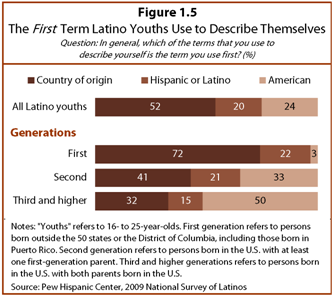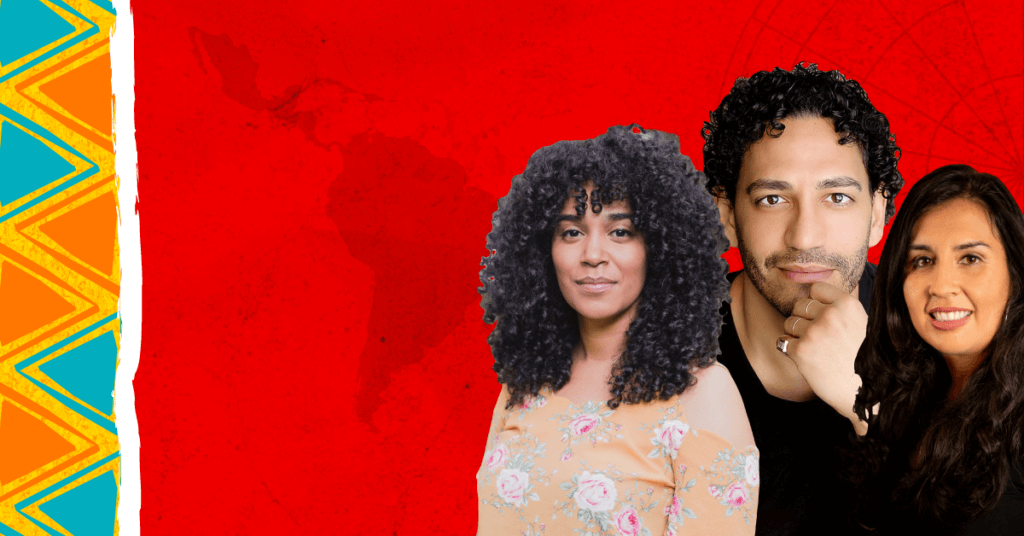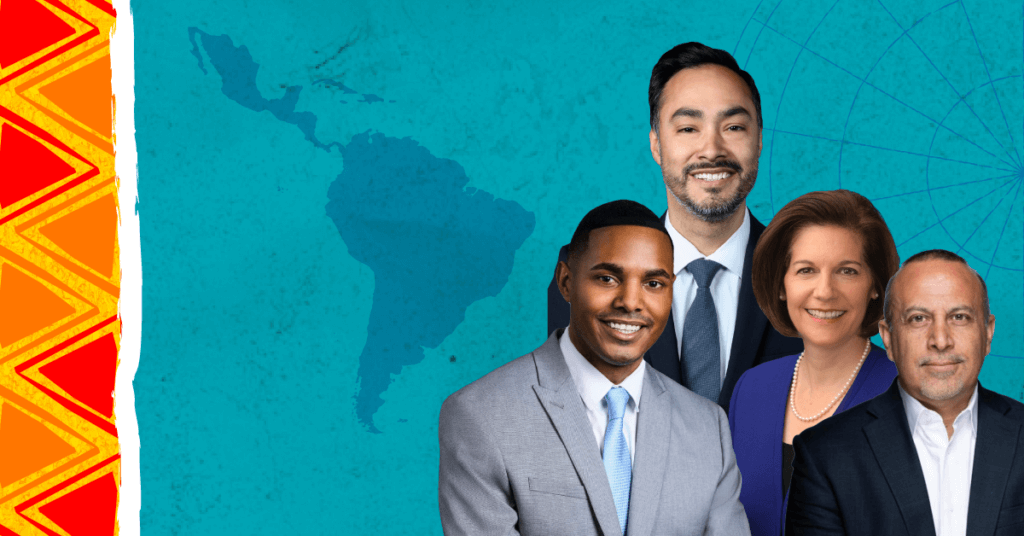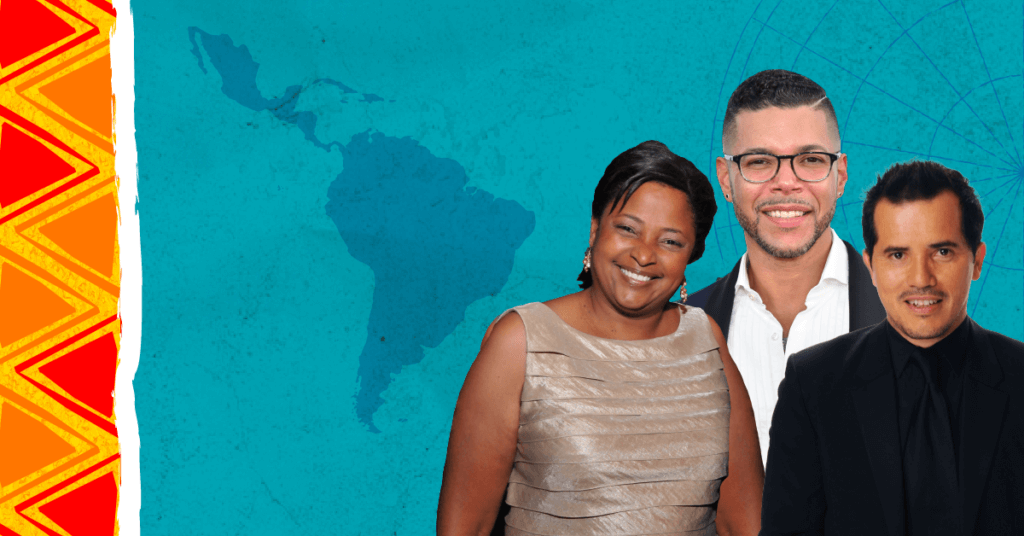Hispanic Heritage Month: Latino? Hispanic? Both? Neither?
by Danny Turkel, Digital Coordinator, NCLR
Hispanic.
Latino.
Keep up with the latest from UnidosUS
Sign up for the weekly UnidosUS Action Network newsletter delivered every Thursday.
Chicano.
Colombian, Puerto Rican, Dominican, Chilean, Salvadoran, Peruvian, Uruguayan, Cuban, Bolivian, Costa Rican, Brazilian, Honduran, Venezuelan, Mexican, Paraguayan, Nicaraguan, Argentine, Guatemalan, Ecuadorian, Panamanian.
How we identify ourselves, and how others identify us, comes to define us as a people. Because our culture and heritage are so significant in providing us with the lens through which we see and interact with the world, the debate surrounding identification is fueled by a deep passion, and we at NCLR recognize and celebrate that passion.
“Hispanic” was originally derived from the Roman name for the Iberian Peninsula, Hispania, which is the root of “Spain,” “Spaniard,” and “Spanish.” The United States government officially adopted the term during the Nixon administration as a new option for the 1980 census. Today, it is predominately used in the Eastern United States.
“Latino” became an official census term in 2000, but was actually coined by the French in the 1860s during their alliance with Mexico. They referred to the region as Amérique latine, meaning “Latin America.” “Latino” has at various times been seen as a term of power and solidarity, or an imposed categorization. It is more commonly used in the American Southwest and California.
In modern parlance, “Hispanic” has come to mean someone descended from a Spanish-speaking region, while “Latino” is seen as representing a person from the region now known as Latin America, thanks to the French. Within these definitions, someone from Spain would be Hispanic, but not Latino, while a person from Brazil would be Latino, but not Hispanic.
 A study by the Pew Research Center found that “more than half (52%) of Latinos ages 16 to 25 identify themselves first by their family’s country of origin, be it Mexico, Cuba, the Dominican Republic, El Salvador, or any of more than a dozen other Spanish-speaking countries. An additional 20% generally use the terms ‘Hispanic’ or ‘Latino’ first when describing themselves. Only about one-in-four (24%) generally use the term ‘American’ first.”
A study by the Pew Research Center found that “more than half (52%) of Latinos ages 16 to 25 identify themselves first by their family’s country of origin, be it Mexico, Cuba, the Dominican Republic, El Salvador, or any of more than a dozen other Spanish-speaking countries. An additional 20% generally use the terms ‘Hispanic’ or ‘Latino’ first when describing themselves. Only about one-in-four (24%) generally use the term ‘American’ first.”
Organizationally, NCLR uses “Latino” and “Hispanic” interchangeably because it follows the use of the terms by the U.S. Census Bureau. That isn’t to say that we don’t recognize the differences in definition and usage of the terms. NCLR supports self-identification of all. If you identify as Hispanic, Latino, Peruvian, Cuban, what have you, we love knowing that you find strength and inspiration in your ancestry. If you follow in the footsteps of Cesar Chavez and are committed to reclaiming “Chicano,” we’re all for it. Maybe you want to empower all Hispanics, regardless of gender, and use Latin@ or Latinx instead? At the end of the day, NCLR stands for everyone in the United States who claims some part of that shared heritage.
This Hispanic Heritage Month has been an especially exciting one, with Hispanics (or
Latinos) having been in the forefront of so many national debates. While some of the rhetoric has been particularly toxic, it has raised the awareness and profile of Latinos (or Hispanics). Our community continues to progress and grow in exciting ways. We hope you’ll join us on this journey, no matter how you choose to describe yourself.



